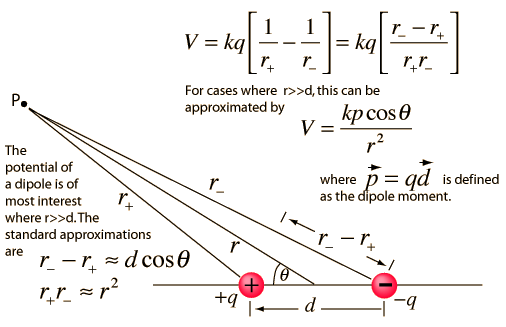Really? A drive by criticism without content from someone who stated that the Cavendish experiment didn't measure density even though his paper is called "Experiments to determine the Density of the Earth" and then insisted even after that revelation that there was no interaction between the aparatus and Earth even though as I just said, his paper is called "Experiments to determine the Density of the Earth". You seemed to think he did this without interacting with it.querious wrote:Aardwolf, you have a lot of gall, since you're obviously the one who doesn't know what the Cavendish experiment does.Aardwolf wrote:You don't even know what the Cavendish experiment does. As explained before, it measures the attraction between the Earth and a suspended weight and says absolutely nothing about the cause.
I'm not sure you're in any position to attempt to critique anyone's take on the Cavendish experiment, which is probably the reason why your post didn't have any content.






